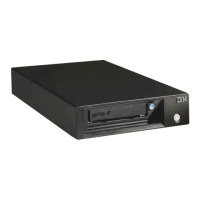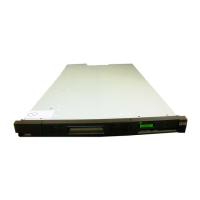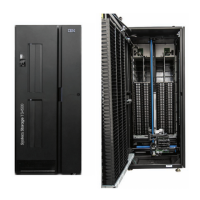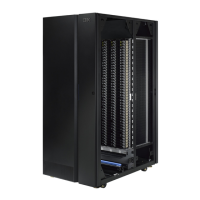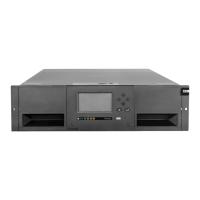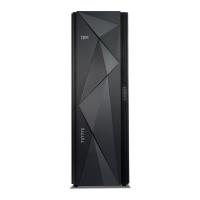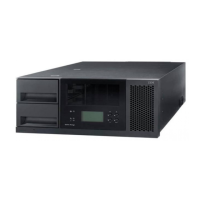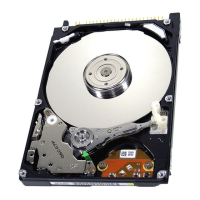The unattended (silent) installation option allows you to run the installation program
unattended. Use this method of installation to customize a response file and to
issue a command from a command prompt window. The response file is a template
on the IBM TotalStorage DS Storage Manager CD.
Perform the following steps to install the IBM TotalStorage DS Storage Manager in
your Linux environment using the unattended mode:
1. Log on as a user with root authority.
2. Create a mount point or choose an existing mount point.
3. Determine where you want to mount the DS8000 Storage Manager CD. For
example, imagine you have decided to mount the CD in a CD-ROM drive
known as /dev/cdrom at mount point /mnt/cdrom. When the time comes for you
to mount the CD in this drive, perform the following steps:
a. Insert the CD in the CD-ROM drive.
b. Type the following command at the command prompt: # mount -o ro
/dev/cdrom /mnt/cdrom
4. Choose the destination paths for the DS8000 Storage Manager components
and be sure you have enough available space on the chosen destination. The
installation program (installer) provides a default installation location
(/opt/IBM/DS8000StorageManager) for the component. You can override this
by using the product.installLocation parameter (option) from the response file
used by the silent installation.
5. Change the current directory to the mount point for the CD-ROM drive. For
example, if the CD was mounted at the /mnt/cdrom mount point, type the
following command: # cd /mnt/cdrom
6. Read the README.txt file located on the DS8000 Storage Manager CD to
check for information that might supersede the information in these installation
instructions.
7. Copy the template response file (responsefile.txt) from the root directory of the
product CD to a location on your system in order to modify it according to your
installation parameters. The response file contains all the installation
parameters whose values can be modified during an interactive installation.
8. Modify your copy of the response file in accordance with the following
guidelines:
a. Open the response file using a text editor. Remember that you must
enclose all values in double quotation marks (″<value>″).
b. Replace the parameters values with the appropriate values for each
uncommented option.
c. For the port values, ensure that they are free for use (not used or reserved
for use by other applications on your system). Use the command netstat
-an to verify the ports that are in use on your system.
d. You must specify two passwords for the SSL keys files. These passwords
must observe the following criteria:
v The passwords must contain at least 6 characters.
v Use the following options within the responsefile.txt file to set these
options:
– For the keystore use:
-W wasSslConfiguration.keystorePassword="your_keystore_password"
– For the truststore use:
64 DS8000 User’s Guide
